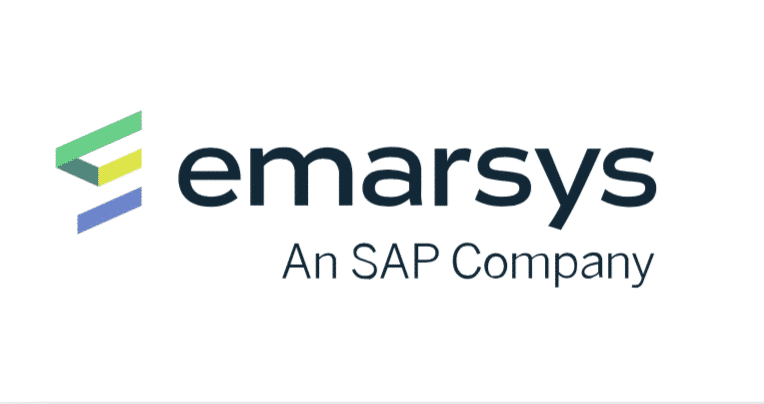Over the Bank Holiday weekend a friend of mine, in a bid to impress me with his knowledge of email marketing, told me about a campaign he found particularly interesting. 12 months ago he ordered a birthday cake for his girlfriend – 11 and a half months later he received a follow-up campaign offering him 10% off any birthday cake purchased. He was impressed that the company had managed to remember his purchase from 12 months ago; I then gave a brief summary of the wonderful world of marketing automation.
Email Is All About Timing
Sending the right message to the right person at the right time is surely the goal of email marketing. But, how many companies are actually running effective, targeted campaigns? I decided to check my inbox and split the emails that I had received in one day based on relevancy:

The results: I received 93 Generic Newsletters of which I read… zero. The most interesting was a lifecycle email encouraging me to complete the sign-up process by providing additional information.
Let’s compare this with a recent DMA study in which it was stated “The number segmenting into more than six different audiences rose 28% from 29% in 2011 to an impressive 37% in 2012”: in English, that means it rose by 8% in two years.
37% of those surveyed stated they segment into more than six different audiences. How this segmentation is analyzed I can’t say, but from the 122(!) emails I’ve received today, the large majority were Generic Newsletters that paid no attention to my gender, age or any of the other basic demographical data I would have entered into the registration form.
Leveraging Data To Improve Personalization
It’s not a lack of technology restricting the level of personalization though; at a minimum, companies should be using data-collection forms that adapt the remaining data fields based on data already entered.
This type of form enriches the customer database with useful data, thus increasing the level of personalization of your emails and ensuring customers are engaged. If this data is provided then there really is no excuse to be part of the Generic Newsletter group as even the most basic “freemium” email marketing systems have segmentation and personalization capabilities.
It’s just down to marketers to make use of these features. How about you, dear reader? How many emails have you received today which made you feel that you’ve been segmented into a specific audience?
Marketing Automation Can Cause a Chain Reaction
Finally, I’d like to focus on one email in particular from the Karaoke Network. Following a booking I made three months ago, I received an offer of a 10% discount on any reservation made in December at the same venue, clearly a clever attempt to target the Christmas Party market. Not only did I open the email and read it, but I forwarded it two friends who were at the previous night and suggested we do the same thing again!
Sending the right message at the right time is a great idea, but this doesn’t mean we need huge CRM teams with complex Big Data solutions. Marketing automation can be as simple as saying Customer X purchased Product Y, Z days ago.
Why not send Customer X an email about Product Y after a certain number of days (depending on the product lifecycle) and see if they are interested in it again? It’s better than sending them the same email you send to everyone every day and hope that one day you get it right.
Final Thoughts
There is no cookie cutter formula for successful email marketing, but timeliness and relevance should be considered when aiming to improve results.
Are you looking to personalize your email marketing campaigns? Visit our product page to learn more.
Related Articles:














